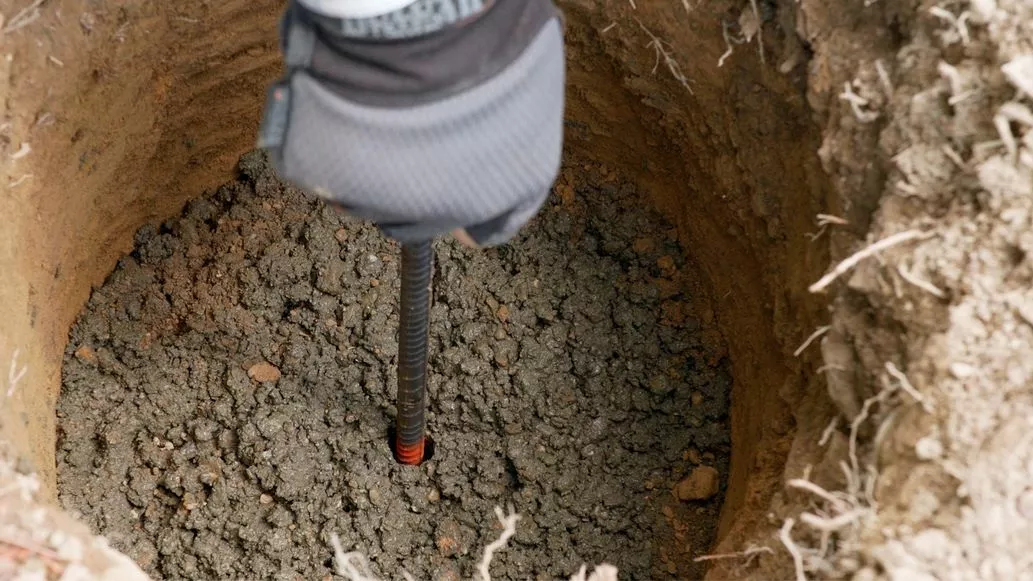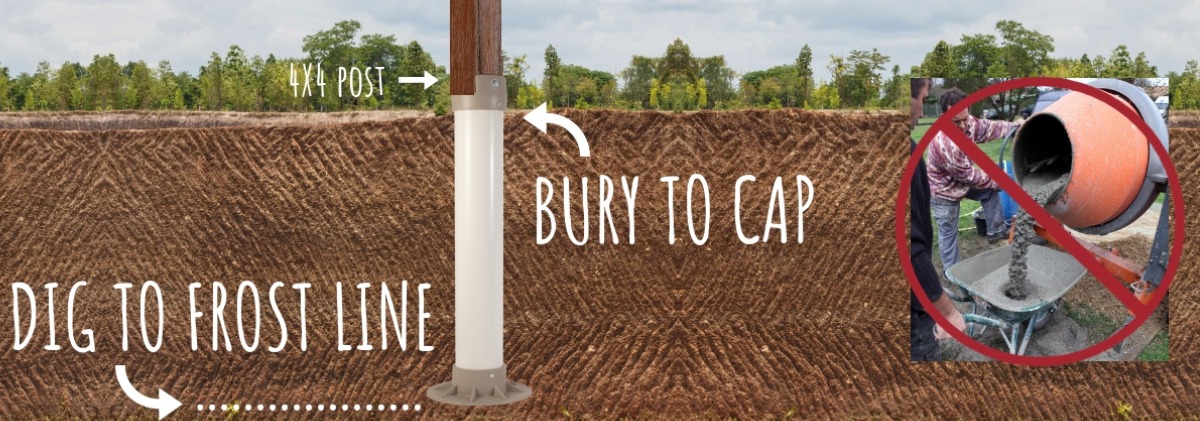Make Sure Security and Durability With Effectively Set Up Deck Footings
Deck footings may not be the most glamorous element of deck building, yet they play an important function in making certain stability and longevity. In this conversation, we will check out the importance of appropriate deck footings, aspects to take into consideration throughout installment, different types of grounds offered, detailed setup overview, and maintenance suggestions for ensuring resilient footings.

Value of Proper Deck Grounds
Why are effectively installed deck grounds crucial for the security and durability of your deck? Deck grounds are the structure on which the deck relaxes, moving the load from the deck to the ground.
To start with, correctly installed deck grounds distribute the weight of the deck evenly, stopping any irregular settling or sinking. This is particularly vital in areas with unsteady dirt, as it aids to mitigate the danger of the deck collapsing or changing. In addition, well-installed grounds make certain that the deck stays level, protecting against any type of structural damages that can take place when a deck comes to be uneven.
Second of all, appropriately installed grounds provide a solid support for the deck, protecting against excessive movement and guide. This assists to keep the structural integrity of the deck, lowering the risk of crashes or injuries. It also minimizes the damage on the deck, permitting it to hold up against the components and normal use for a longer duration of time.
Aspects to Take Into Consideration for Deck Ground Installation
When setting up deck grounds, there are a number of essential elements to take into consideration for appropriate installation. Different soil types have different load-bearing capabilities, so it is critical to conduct a dirt test to guarantee the grounds can sustain the weight of the deck and its passengers. By taking into account these aspects, you can make sure the appropriate setup of deck grounds and enjoy a long-lasting and stable deck.
Sorts Of Deck Grounds to Select From
There are several various types of deck grounds available for you to pick from. Each type has its own benefits and downsides, so it's vital to consider your specific demands and the conditions of your deck before deciding.
One usual kind of deck footing is the concrete footing. This involves digging openings in the ground and pouring concrete into them to produce a strong structure. Concrete grounds are durable and offer superb stability, making them appropriate for decks in locations with difficult dirt conditions or high wind lots.
One more alternative is the helical pier footing, which consists of a steel shaft with helical plates that are screwed right into the ground. These grounds fast to set up and can be made use of in different dirt kinds, consisting of sandy or clay dirts. They are likewise flexible, enabling for easy leveling of the deck.
Sonotube grounds are an additional preferred option. These grounds are developed by positioning a cardboard tube in an opening and filling it with concrete. Sonotube Get More Information grounds are relatively simple to set up and provide appropriate stability for smaller decks or in areas with find more less demanding dirt conditions.

When picking the type of deck footing, it's important to take into consideration variables such as dirt problems, deck size and weight, local building ordinance, and individual choices. By choosing the ideal footing type, you can guarantee the stability and longevity of your deck.
Step-by-Step Guide for Setting Up Deck Footings

Determine the area: Start by marking the specific placement of each ground utilizing risks and string (Deck Footings). Take into account any neighborhood building ordinance or regulations relating to trouble ranges
Dig the openings: Utilize a blog post hole miner or an auger to dig the openings for the grounds. The depth will depend upon the frost line in your location and the type of dirt. Normally, a depth of a minimum of 36 inches is advised for stability.
Degree the holes: Guarantee that the bottoms of the holes are degree (Deck Footings). This can be achieved by utilizing a degree or a straight board throughout the top of the openings
Include gravel: Area a layer of gravel at the base of each opening to improve water drainage and avoid the footing from sinking into the dirt over time.
Put the footing kinds: Insert the ground develops right into the holes, ensuring they are centered and degree. Use risks to protect them in area.
Mix and pour concrete: Adhere to the instructions on the concrete mix bag to prepare the concrete. Pour the concrete right into the ground forms, loading them completely.
Smooth the surface: Make use of a trowel to smooth the surface of the concrete and remove any kind of air pockets. Permit the concrete to heal according to the maker's directions.
Upkeep Tips for Resilient Deck Grounds
Correct maintenance is essential for making sure the durability and stability of deck grounds. By consistently evaluating and keeping your deck grounds, you can protect against damage and prospective safety dangers.
Normal cleansing is also essential for keeping deck footings. Dirt, go to the website plants, and debris can accumulate around the footings, which can lead to moisture build-up and decay. Cleansing the grounds consistently, utilizing a pressure or a brush washer, can aid protect against these issues and prolong the life-span of your deck.
In addition to cleaning, it is essential to maintain the area around the grounds free from any obstructions. Prevent piling items against the footings or permitting plants to expand too near to them. These blockages can catch dampness and create the grounds to wear away in time.
Finally, routine resealing of the grounds is suggested to safeguard them from wetness and various other ecological aspects. Using a water-proof sealer can aid stop water damages and expand the life expectancy of the grounds.
Final Thought
To conclude, appropriate installment of deck grounds is essential for guaranteeing stability and longevity of your deck. Factors such as soil kind, lots capability, and regional building ordinance need to be considered when choosing the appropriate sort of deck footings. Following a detailed overview for setup and regular maintenance will certainly assist to make sure the footings remain durable and durable.
In this discussion, we will check out the significance of correct deck footings, variables to consider during installation, different kinds of grounds offered, step-by-step setup guide, and upkeep tips for making certain resilient footings. Deck footings are the foundation on which the deck relaxes, moving the load from the deck to the ground.One usual type of deck ground is the concrete ground. Place the ground types: Put the footing forms right into the holes, guaranteeing they are focused and level.In conclusion, correct installation of deck grounds is important for guaranteeing security and longevity of your deck.